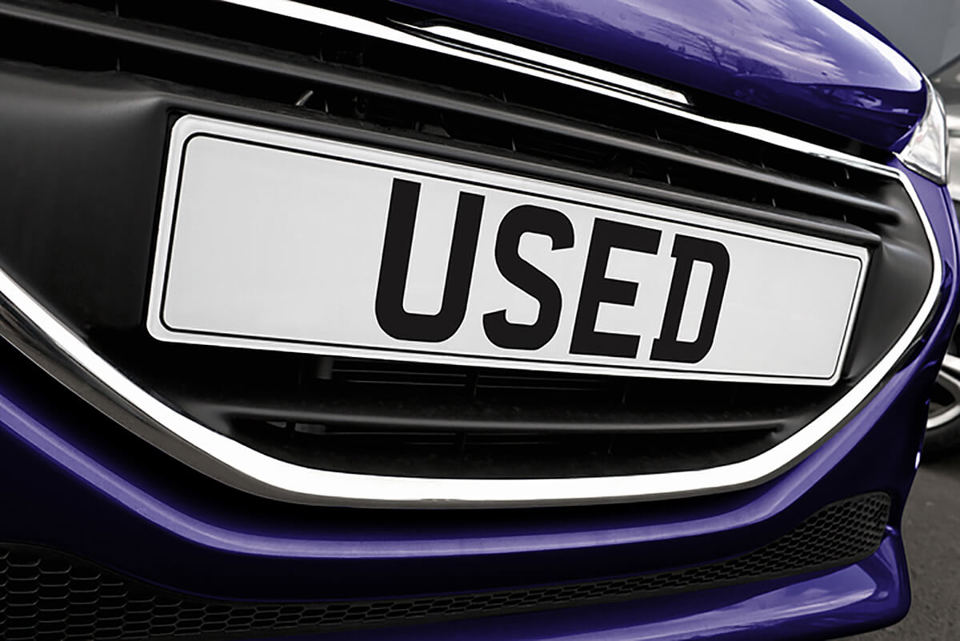Vehicle depreciation is the largest element of the Whole Life Cost equation and, according to Carcost, can account for around 45% of the total cost.
Depreciation is simply the difference between the retail price of a new vehicle and the price it achieves at disposal - this is the residual value.
There is certain information we can use to estimate a vehicle’s residual value, such as: information from vehicle manufacturers, auction prices and historical residual data for vehicles.
Leading providers of residual value forecast figures include CAP Monitor and Glass’s Future Values – but bear in mind the figures are only an indication.
However we try to predict it, a vehicle’s actual residual value comes down to how much a used car buyer is prepared to pay for it.
CASE STUDY: Fleet Alliance
To illustrate the WLC point, Fleet Alliance compared two vehicles over a typical three year contract hire agreement - a Volkswagen Passat 1.8 Highline TSI 4dr and a BMW 320d ES 4dr.
The BMW has the higher monthly rental at £357.93 per month, compared to the Passat’s £327.50 – some £30 per month more expensive.
But the Passat emits 178g/km of carbon dioxide compared to just 128g/km for the BMW, which puts it above thw 160g/km limit at which cars can qualify for full deduction of their lease rentals against profits.
Therefore, over three years, the BMW’s lower CO2 output means that it is cheaper to operate by over £1,500 – see chart below.
“If you multiplied that across a fleet of say 50 vehicles, the BMW, the vehicle with the higher monthly rental, would actually save you £77,417 over the duration of the contract, underlining the importance of carefully evaluating the whole cost picture,” added Martin Brown.

With thanks to Ford, Hitachi, UK Fleet Manager, Carcost and Fleet Alliance


















angelo - 15/01/2014 10:46
how can you compare a car working by unleaded to one working by diesel? the cost and the consumption per km is completely different.